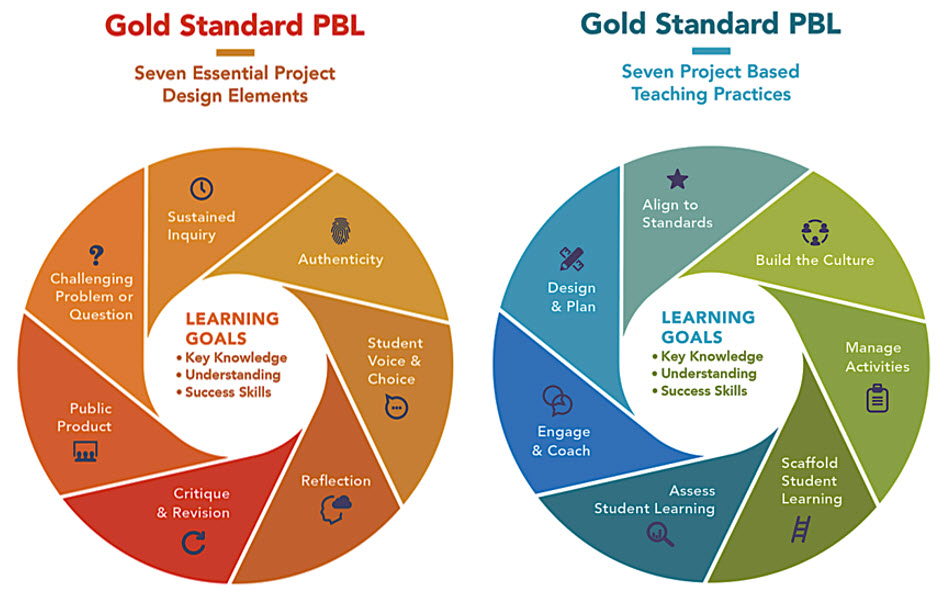การสร้างสรรค์นวัตกรรมการสอนวิทยาศาสตร์ผ่านการเรียนรู้ด้วยโครงงานอย่างมีมาตรฐานขั้นสูงสุด
Main Article Content
Abstract
Atsawanonthapakorn Thanetweeraphat, Pornprom Chaichatpornsuk, Chantana Chaopreecha and Saisaward Suvannakita
รับบทความ: 7 กันยายน 2561; แก้ไขบทความ: 15 กุมภาพันธ์ 2562; ยอมรับตีพิมพ์: 8 มีนาคม 2562
บทคัดย่อ
บทความนี้มีวัตถุประสงค์เพื่ออธิบายกระบวนการและแนวคิดด้านการเรียนการสอนที่เน้นการสร้างนวัตกรรมการสอนวิทยาศาสตร์ผ่านการทำโครงงานอย่างเป็นมาตรฐานขั้นสูงสุดตามแนวคิดของ Buck Institute for Education นำเสนอแนวทางการส่งเสริมการคิดสร้างสรรค์และการคิดเชิงนวัตกรรม และวิเคราะห์ตัวอย่างการออกแบบบทเรียนตามมาตรฐานข้างต้น จากการศึกษาเอกสาร พบว่า การพัฒนาผู้เรียนให้เกิดการคิดสร้างสรรค์และการคิดเชิงนวัตกรรมต้องฝึกฝนให้ผู้เรียนคิดอย่างสร้างสรรค์ ทำงานอย่างสร้างสรรค์กับผู้อื่น และมีการนำนวัตกรรมที่สร้างขึ้นเองไปใช้ นอกจากนี้ครูควรส่งเสริมให้ผู้เรียนมีความมั่นใจในการเสนอความคิดใหม่ กล้าเผชิญกับการวิพากษ์ จัดสิ่งแวดล้อมให้ผู้เรียนมีการค้นคว้า กล้าซักถาม และมีการให้ผลป้อนกลับผู้เรียน กระบวนการจัดการเรียนรู้ด้วยโครงงานตามมาตรฐานขั้นสูงสุดมี 4 ขั้นตอน คือ 1) การศึกษาวิเคราะห์ปัญหาและอุปสรรคในการจัดการเรียนรู้ 2) การสร้างแนวคิดใหม่เพื่อนำไปแก้ไขปัญหาหรืออุปสรรคในการจัดการเรียนรู้ 3) การนำแนวคิดใหม่ไปปฏิบัติสร้างเป็นนวัตกรรม และ 4) การเผยแพร่นวัตกรรมที่สร้างขึ้น
คำสำคัญ: การคิดสร้างสรรค์ การคิดเชิงนวัตกรรม การเรียนโดยใช้โครงงานเป็นฐาน นวัตกรรมการสอนวิทยาศาสตร์ มาตรฐานขั้นสูงสุดของการเรียนรู้ด้วยการทำโครงงาน
Abstract
This article aims to explain instructional process and concepts focused on creation of science teaching innovation through project-based learning with gold standard concurrent to Buck Institute for Education, presents the approach to promote creative thinking and innovative thinking, and analyzes an example of lesson design concurrent to the golden standards. From the documentary studies, it is found that the students can develop their creativity and innovation competency by three ways: think creatively, work creatively with others, and Implement innovation. Moreover, teachers ought to make students’ self-confidence for generating or adopting a new idea, and facing with criticism or comments, and manage learning environment emphasized on asking questions, searching key data and giving students feedbacks. The instructional process is highlighted on creative thinking and innovation with research-based model for problem-based learning has 4 stages: 1) analyzing problems and obstacles of learning management, 2) generating a new idea for problem-solving about learning management, 3) creating the innovation based on a new idea, and 4) presenting the new innovation to public.
Keywords: Creative thinking, Innovative thinking, Project-based learning, Science teaching innovation, Gold standard project-based learning
Downloads
Article Details

This work is licensed under a Creative Commons Attribution-NonCommercial 4.0 International License.
References
Australian Curriculum, Assessment and Reporting Authority. (2018). Critical and Creative Thinking. Retrieved from https://www.australiancurriculum.edu.au/f-10-curriculum/general-capabilities/critical-and-creative-thinking/, September 1, 2018.
Buck Institute of Education. (2018). What is PBL. Retrieved from: https://www.pblworks. org/what-is-pbl, September 1, 2018.
Cambridge Assessment International Education. (2018). Developing the Cambridge Learner Attributes. Retrieved from http://www.cambridgeinternational.org/.../426483-chapter-4-innovation-and-creativity.pdf, August 7, 2018.
Eggen, D. P., and Kauchak, P. D. (2016). Educational Psychology: Windows on the Classroom. Pearson: Malaysia.
Fatimah, B. P. (2018). Creativity and Innovation in Teaching and Learning, Super-vision and Assessment. Retrieved from http://languageacademy.utm.my/fatima/innovation-and-creativity-in-teaching-and-learning-approach/, August 15, 2018.
Friday, O. O. (2007). The value of creativity and innovation in entrepreneurship. Retrieved from http://www.asiaentrepreneur shipjournal.com/AJESIII2Okpara.pdf, September 1, 2018.
Starko, J. A. (2015). Creativity in the Classroom. Taylor & Francis: New York.
The Partnership for 21st Century Learning. (2015a). P21's framework for 21st Century Learning. Retrieved from http://www.p21.org/our-work/p21-framework, August 21, 2018.
The Partnership for 21st Century Learning. (2015b) .What We Know about Creativity. Retrieved from Retrieved from http://www.p21. org/storage/documents/docs/Research/P21_4Cs_Research_Brief_Series-Cre ativity.pdf, August 15, 2018.
